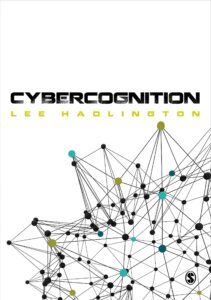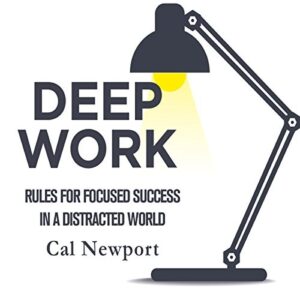Are you good at simultaneously juggling different tech or apps?
Actually, none of us are. Multitasking requires us to split our focussed attention between two or three different tasks. When we try to do more than one thing at a time, we are sacrificing the ability to perform, and the ability to limit errors, on each of the tasks that we are simultaneously trying to accomplish.
From a cognitive perspective, our ability to process information coming in through our senses is limited. If we are focussing on one thing at a time, our attention is fully engaged in that task. When we switch from task 1 to task 2, a few things happen.
The first is ‘attention residue’. When you finish working on a task, you are often still thinking about it for a little while. It may be a few seconds, a few minutes or a few hours. E.g. sending an email and then thinking ‘I could have phrased that differently’, ‘I wonder if they are at their desk and will be able to reply before the end of the day’. In order to perform the next task well, we need to be able to drop the attention residue from the previous task in order to be able to fully concentrate on the current task.
The second aspect is ‘resumption lag’. This is when one task is interrupted, in order to work on another task. Once the second task is completed, picking up the first task takes time. This is because the memory trace needs to be reactivated. It takes time to remember what it is we were doing, where we were and what we were still needing to accomplish. The longer it takes to pick up the second task, the more faded the memory trace is, and the longer it takes to re-establish it and resume the task.
We are most aware of these two phenomena when we are working on two cognitively demanding tasks, such as trying to sculpt a tactfully worded email while balancing month-end statements. We are least aware of them when we are doing less demanding tasks, like checking the message stream and creating a purchase order. When we multitask, we switch so quickly between different activities, and at a speed that convinces us that we are juggling both tasks simultaneously.
What impact does this have on us when we engage in media multitasking?
Switching between different media means that we are constantly switching our attention to each form of media. If you were simultaneously watching a movie, scrolling through social media and texting a friend, how much of the movie do you remember? Without scrolling back, how much of details of your conversation can you recall the next day.
Although none of these tasks requires significant cognitive power, or deep concentration, the downside of regularly engaging in this kind of media multitasking is that (like any form of practice), our brain becomes used to this constant media switching. It can become difficult to focus on doing ‘deep work’ and we tend to become easily distracted by notifications, incoming emails and movement around us.
There are a few simple things we can do to reduce the level of media multitasking we engage with and teach our brain to focus our attention on the work we do. By doing so, we become a lot more efficient and the work we do has fewer errors.
- Put your phone on silent and turn the screen away from you. Better yet, put in your desk draw for extended periods of time. Most people check their notifications within 30 seconds of receiving them – no matter what that notification is. Research also shows that even having your phone on your desk reduces your ability to pay attention to the task at hand (a bit of the FOMO effect).
- Try to only have one app open at a time, or at least only the apps that you really need to get your current task completed. Having multiple apps open simultaneously can become distracting and get you thinking about other projects or work that also needs doing.
- If possible, have discussions with your manager, team and co-workers about switching off your email and instant messaging for key periods each day. If you add a ‘I tend to answer my emails at the beginning and end of the day’ type message in your signature, this may limit others expecting an immediate reply from you at all hours of the day. Research on email reply times suggests that our quick response times are based on what we think others expect, rather than what they really expect.
- Block out periods in your diary for focussed work time and try get away from open plan spaces that are susceptible to regular interruption from others.
- Have discussions with your boss and team members about keeping team meetings to either mornings or afternoons, allowing a greater ability to plan in dedicated thinking and productivity time.
- Try limiting your working hours to specific start and finish times – especially if you are working from home. Some people go for a walk around their block at the start and end of the day to replicate the commute to and from work. Although workplace mindsets tended to suggest working parents produce less work than those who are more flexible with their start and finish times, the research contradicted this by showcasing that working parents were more productive in the reduced time than both childless parents and single people. Their homebased responsibilities challenge them to ensure working hours are focussed and productive, because they have no other time to get that work done.
Focussed work takes time and practice to do well. But, it is worth the extra effort. You can get a lot more done in a shorter space of time. This allows you to have more time to do the things you enjoy – hobbies, friends, family, sport, gaming – guilt free. It also allows your brain time to reboot the energy consumed during the course of the day, an essential part of getting enough quality and quantity of sleep and to being more energised and productive the following day.
You can also read more on Sophie Leroy’s study on attention by clicking the link ‘Why is it so hard to do my work? The challenge of attention residue when switching between work tasks‘.



